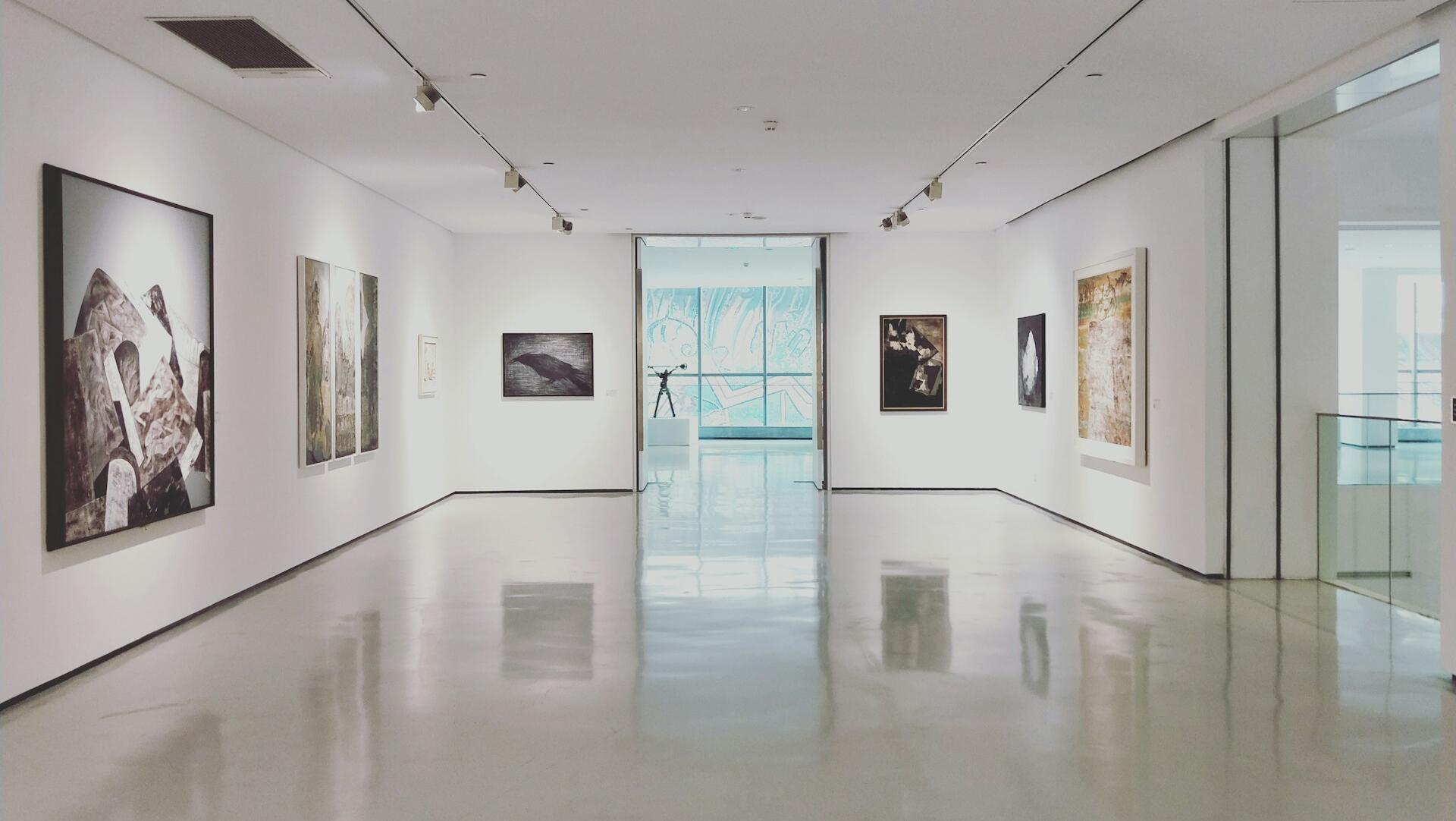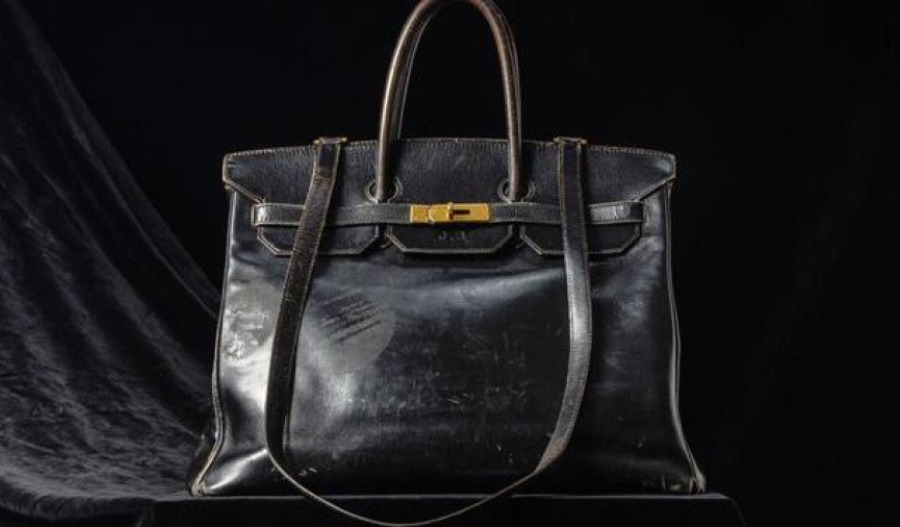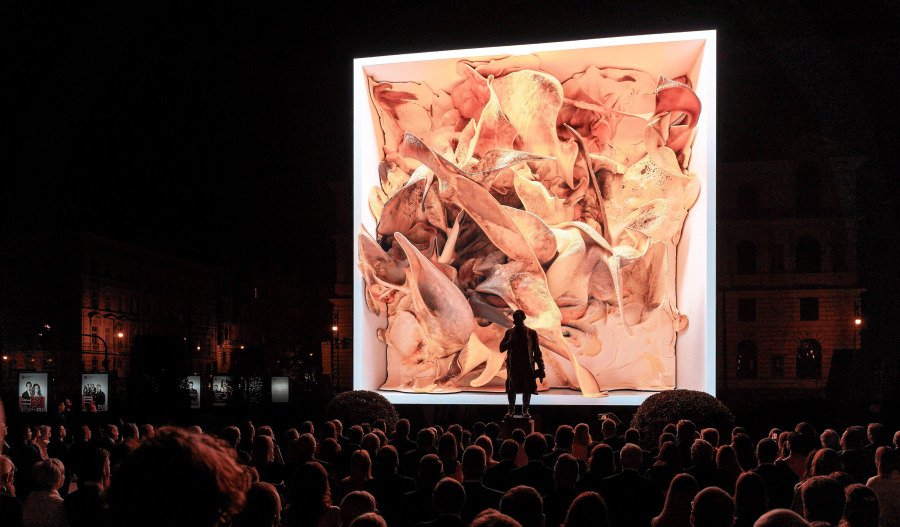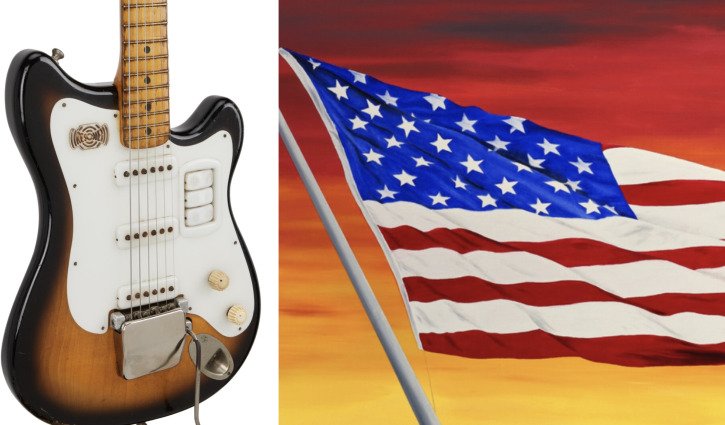The art market continues to shift with fine art auction sales contracting 10% year-over-year in H1 2025, marking a third consecutive first-half decline.
Despite the United States economy beginning to show strength, with April’s tariff announcement leading to recovery and wealth rising, the Bank of America shows that the art market continues to lag.
There has been a slowdown in eight-figure lots, which have skewed the down-sale totals this year, while an uptick in activity has taken hold across entry-level price points.
In the first half of 2025, transactions above US$10 million plummeted by 44% from the same period prior and 72% from the post-pandemic peak in H1 in 2022.
In higher price points, this is more pronounced. For lots over $50 million, 13 were sold in H1 2022, while there were none in the first half of this year.
While there is turmoil for high-end art sales, the rest of the market appears to be moving in a positive direction.
Despite art priced above $10 million declining year-over-year in the May 2025 evening sales, those below $10 million rose by 17%.
For the total amount of transactions, 2025 saw the second-highest number of H1 lots sold since 2016, surpassing 2023, which was another down year for lots above $10 million.
This shift away from the high-end art comes from collectors buying from lesser-known artists, and millennials and Gen Z entering the market and accounting for one-third of total bidders at Christie's and Sotheby’s.
Alongside this are more new bidders, with handbags, watches, and jewellery accounting for 41% of Christie’s new buyers, while over 20% of buyers at Sotheby’s and Phillips’ June 2025 design sales were first-time clients.
For Phillips, 20% of these new bidders were millennials and Gen Z.
Collectors are also being risk-averse when selling art, with nearly half of all post-war contemporary evening sale lots guaranteed in H1 2025, a 13% increase year–over-year.



